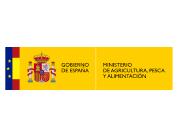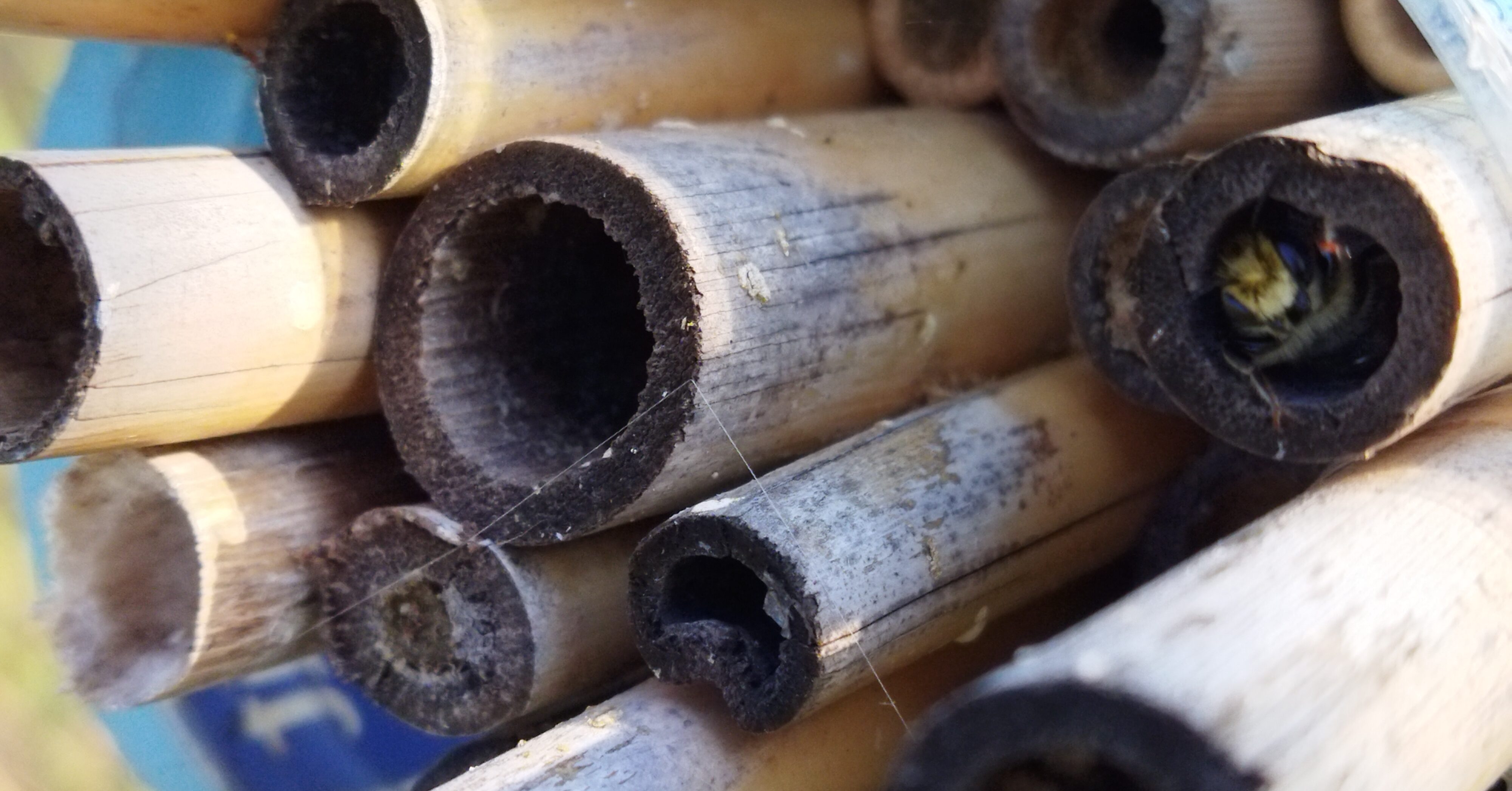
Agricultural Biodiversity Observatory
MITECO
Line of action:
Terrestrial ecosystemsStatus:
FinalizadoExecution date:
2020End date:
2022Total budget:
105.558,43 €Amount of aid from the Biodiversity Foundation:
73.890,91 €FAO’s 2019 report on biodiversity and agriculture reveals that: 1) Biodiversity is key to greater food security and produces production systems that are more resilient to climate change; 2) the impact of agricultural activities on biodiversity is increasing; 3) greater knowledge of biodiversity and monitoring systems are required to gauge the effectiveness of best agricultural practices; and 4) more and better cooperation among key stakeholders is needed.
This project aims to improve knowledge of Spanish agricultural biodiversity by establishing a long-term system of bioindicators at the farm scale. It is adaptable to different biogeographic regions and crops, accessible to different user profiles, focused on key taxonomic groups, accessible online, and able to draw conclusions. It also functions as a resource center and seeks to be useful to objective 3.1 of the State Strategic Plan for Natural Heritage and Biodiversity to 2030 (PEPNB).
The main objective of this project is to improve the knowledge of Spanish agricultural biodiversity by establishing a standardized and long-term system of bioindicators, adapted to different biogeographic regions and crops, accessible to different user profiles, which allows establishing a baseline of the state of agricultural biodiversity in Spain and assessing its evolution over time.
It has these specific goals:
- Standardize common protocols for monitoring key taxa of agricultural biodiversity.
- Facilitate the monitoring and identification of key agricultural biodiversity taxa through methodological guides.
- Promote citizen science among farmers through an online structure for users of the Agricultural Biodiversity Observatory and to compile results.
- Return to the sector the results obtained on the state of Agricultural Biodiversity and on the best agricultural practices.
- Knowledge transfer through training of users of the Agricultural Biodiversity Observatory.
- Mobilize observers of agricultural biodiversity in Spain and consolidate an observation network.
- Bibliographic search of available information on bioindicators in agricultural areas, more specifically for 4 key groups: soil invertebrate fauna, solitary hymenopterans, butterflies and arvene flora. Identification of competent technicians in the different Spanish public administrations.
- Drafting of a provisional methodology for field monitoring of these 4 key groups, identification guides for key taxa and monitoring sheets for evaluators.
- Selection of 16 control farms for calibration of the methodology.
- Monitoring of the 16 control farms during 2 agricultural seasons.
- Final version of the definitive methodologies for field monitoring of 4 key groups, 4 identification guides for key taxa and 4 monitoring sheets for evaluators.
- Creation of a web space and mobile app to host all the materials generated within the framework of the project and for online training.
- Creation of a database for the compilation of the results obtained during monitoring.
- Drafting of 4 guides with the best agricultural practices for the conservation of the 4 key groups included in the project.
- Training workshops for future users of the Agricultural Biodiversity Observatory.
- Online course for the continuous training of future users of the Agricultural Biodiversity Observatory.
- Dissemination and communication of the project.
- The Observatory of Agricultural Biodiversity (OBA) has built a network of observers throughout the peninsula that allows to know the state of agricultural biodiversity in the more than 70 participating plots covering 245 hectares. The network includes farmers, ranchers, researchers and citizens. With their observations, it is possible to understand how different agronomic practices affect pollinators, soil fauna and flora at the local level, and thus some of the key ecosystem services of the sector. This information helps to advise farmers to be more sustainable and to propose to the competent authorities strategies according to the needs of each context, both at local and national scales, for different production systems and crops.
- The OBA has been calibrated in 16 farms and, after this phase, has 22 collaborating entities that collect data and contribute to the development of methodologies. We are in continuous contact with the relevant public administrations, agribusinesses and other agricultural biodiversity observation networks in Europe.
- A library of technical documents (protocols, technical sheets, key group guides, etc.) has been made available on the Global Nature Foundation’s website.


Agricultural Biodiversity Observatory









 back to search
back to search 